Do you know that in Angola the price of gasoline and diesel is very cheap?
Angola is the second largest oil producer in Africa and the 16th largest producer in the world. Black gold (oil) is the country’s main economic driver, accounting for 95% of export earnings and more than 75% of state revenue. As one of the countries with the highest oil production, gasoline and diesel prices are lower than in other countries.
When we visited the country, the price of a liter of diesel was 135 kwanzas (0.24 €). However, many gas stations often do not have a supply of these fuels due to a poor government forecast. So far, there is only one oil refinery in the country, and much of it goes straight to China, which has funded much of the infrastructure that has been built in the country.

Do you know that Angola has the most expensive capital in the world?
Awesome right? If we were asked what is the most expensive capital in the world, we would not put it in an African country. So, it turns out that Luanda, the capital of Angola, has been described by Mercer as the most expensive capital in the world for an expatriate to live in. According to the cost-of-living index, Luanda has surpassed capitals such as Hong Kong, Tokyo, Zurich, Singapore, New York… Angola is a country that lives off oil, but benefits only a small amount of its population. It is a very rich country but with 20 million poor people. The country’s minimum wage is only for buying 30 liters of water, 10 kg of rice and 10 liters of milk. This is due to the high inflation that the country has suffered along with a crisis in the price of oil, the lack of access to running water and electricity and the import of 80% of its consumer goods. Formerly known by the Portuguese as the Paris of Africa for its sophisticated ambience and bourgeois character, Luanda is trying to find its place among the world’s most promising capitals but is still carrying the weight of the aftermath of a long civil war.
Do you know that Angola has a province called Cabinda and is located between the two Congos with a strong independence movement?
Cabinda is a small province in northern Angola, where much of the country’s oil and resources come from. It is part of the 18 provinces in which Angola is divided but with one difference: it is separated from the country by the Democratic Republic of the Congo (DRC). In Cabinda from the 15th century, the English, French and Dutch established settlements engaged in the slave trade, trading in wood and palm oil. In 1885 it became a Portuguese colony after the Treaty of Simulanbuco, and from that time in 1956 it became administratively dependent on Luanda. As Angola gained independence, the Treaty of Alvor was signed, incorporating Cabinda into the newly independent country of Angola.
It was from this time that the independence movement in the region (which had emerged with the Treaty of Simulanbuco) became stronger, under the acronym FLEC (Cabinda State Liberation Front) and it received support from other surrounding countries such as ancient Zaire, Congo Brazzaville, the Central African Republic, Gabon and Uganda. To defend itself from the attacks, the Luanda government called on Cuban troops who had supported Angola’s independence for help in exchange for exploding oil from Cabinda. Cuban troops remained there until 1991, and from 2002 onwards, soldiers were transferred again, this time from the Angolan Armed Forces (FAA) to the region. This led to many clashes between FAA and FLEC troops, and strong human rights violations were reported by FAA troops.
Finally, in 2006, a ceasefire agreement was signed between the two parties, in which Luanda granted 10% of the profits generated in Cabinda in the region itself (taking into account that 60% of Angola’s oil comes from there). Not all FLEC leaders accepted these conditions as the majority of the population of Cabinda did not benefit from this treaty. Since then, both the United States and France, as well as China, have tried to support the region by supporting each other based on their interests. It is clear that Cabinda is a source of black gold and therefore money, and no one is willing to leave the hen of the golden eggs.
Do you know that in Angola there is a very important place of Catholic pilgrimage of the Virgin of Muxima?
In 1589 the Portuguese occupied the town of Muxima right next to the Kwanza River. Ten years later, they built a fortress and the church, which has become a landmark of Catholicism in the country. Muxima was important in the slave trade empire, as it was where they were baptized and converted to Catholicism before being sent to America.
Despite this dark past, Muxima currently breathes an air of tranquility. People have kindly baptized the virgin as “mama Muxima” which means mother of the heart. Catholic people from all over the country go to worship her every week, and express pilgrimages are made to go and see the Virgin and ask her for fertility, love, health, work…
Do you know that in Angola there is a region with the widest baobab on the continent?
In the southern region of Xangongo, there is an area full of centuries-old baobabs. Baobabs are awesome and beautiful trees. When you see one, you can’t be indifferent. It is a symbol of resilience, tolerance, community life and longevity. They can live between 800 and 1.000 years, but there are specimens that have reached 5.000 years. Thanks to their fibrous tissues in the bark that absorb rainwater, they can withstand severe droughts. A tree can store more than 120.000 liters inside. If you want to know more about these trees do not hesitate to read our article about them, by clicking here.
Walking through these big trees of over a hundred years old is a unique experience. In addition, in the middle of all of them, the imposing “baobab” stands a specimen of more than 27 meters in circumference that is considered the largest in Africa. If you have the opportunity to be in the area, feel free to go and visit it!

Do you know that Calulu is the quintessential Angolan dish?
Calulú is a typical Angolan dish. It can be made from dried or fresh fish, as well as dried meat. The other ingredients are tomatoes, garlic, sweet potatoes, palm oil, spinach… Every cook has their own special recipe, but the most important thing is to taste it! It is usually made on Saturdays for the whole family, and is served with funge and feijao. There is only one possible debate, do you prefer fish or meat?
We spent a few days in the town of Benguela and were lucky enough to cook and taste the calulu with dried fish. The truth is that we liked it a lot and we picked it up in a video. Do you dare to cook it? Below you can see the explanatory video.
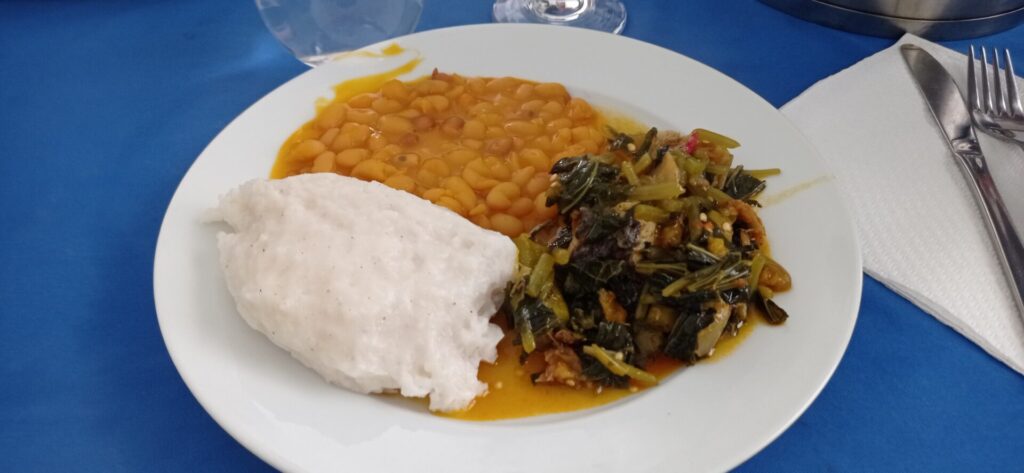
Do you know that the Angolan flag is reminiscent of the Soviet flag?
The Angolan flag was created inspired by the Soviet flag with a sickle and hammer. It is divided into two bands: one in red, which represents the blood shed during the independence process, and the other in black, which symbolizes the African continent. In the middle, we find some yellow signs that are the gear that represents the industrial workers, the sickle that represents the farmers and the star as a sign of process and solidarity.
From 1975 to 1992, Angola was ruled by a communist party. If you want to know more about the interesting history of the country, you can read it here.

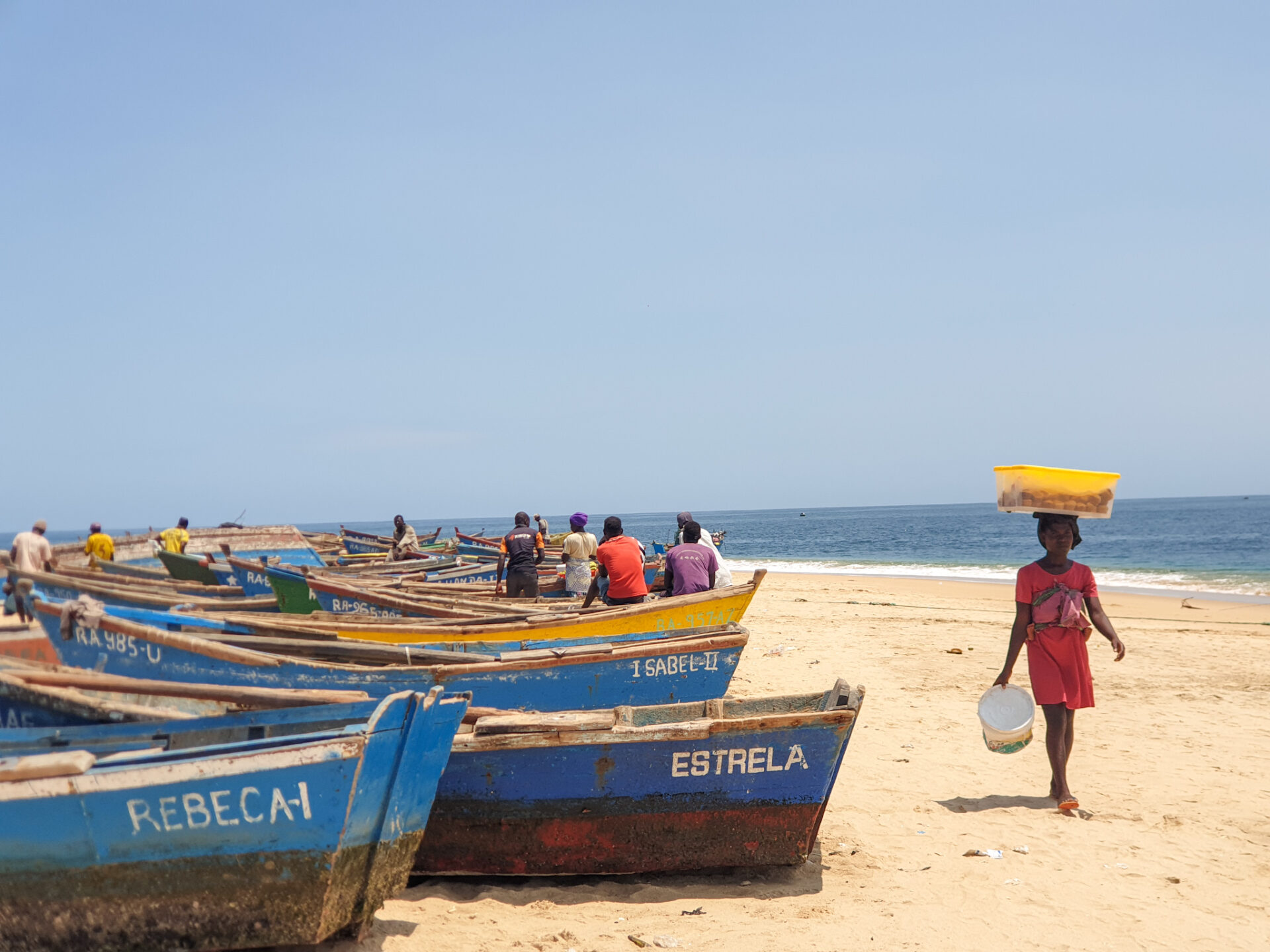

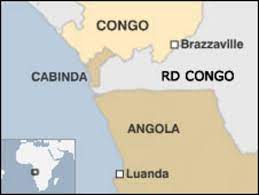

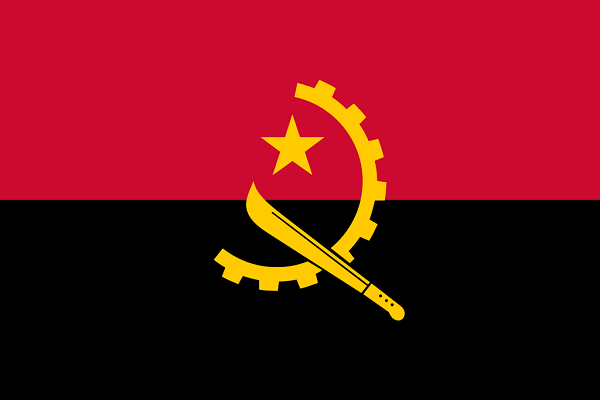

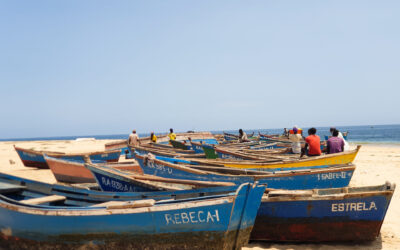


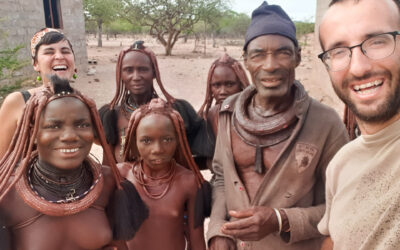
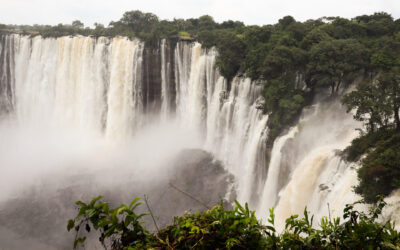

0 Comments